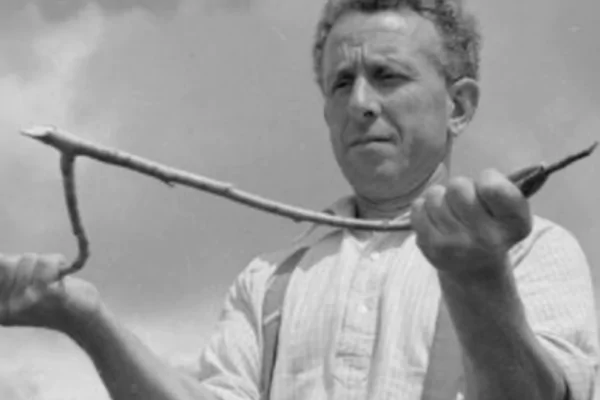Well, I think you said, “Yeah, that’s an iron,” because of the shape of it. It’s a charcoal iron, but did you know that coal is used as the heat source for these irons to iron clothing?

The need for a neat, polished appearance led to the development of an essential household item called the iron. Already common, electric irons offer a quick and effective substitute for keeping clothing wrinkle-free. Looking back in time and researching a less well-known ancestor, the charcoal iron, is interesting.
In line with their name, charcoal irons heated the fabric with charcoal. They have an interesting place in the history of home appliances, and even though their influence has diminished, it hasn’t completely vanished.
The charcoal iron holds a special place in the annals of domestic history, representing a period in which household tasks were completed with a combination of ingenuity and resourcefulness. Prior to the invention of contemporary electric irons, these charcoal-powered ironing machines were essential for keeping clothing looking well-pressed.
We’ll delve into the fascinating mechanics and history of charcoal irons in this article, as well as consider how households were affected by them and how they ultimately changed as technology advanced.
Early developments in ironing:.
Before the invention of the charcoal iron, people relied on a variety of techniques, such as using flat, heavy objects heated by open fires, to press their clothing. However, the invention of charcoal irons represented a significant advance in ironing technology. These irons offered a more reliable and effective source of heat because they were constructed of cast iron and featured an open compartment for burning charcoal.
Charcoal iron mechanisms:.
To capture the heat produced by burning charcoal, charcoal irons were cleverly created. The iron’s hollow interior allowed charcoal pieces to be inserted, which heated the metal soleplate evenly and steadily.
The user would open the compartment’s grate, add the charcoal, and then start ironing clothes. The iron’s handle, which is typically made of wood, remained cool enough to be held while in use.
Impact on Households:.
Household chores and the standard of ironing underwent a radical transformation after the invention of charcoal irons.
How they changed things is as follows:.
Efficiency Increase: Compared to the earlier techniques, charcoal irons offered a more steady and dependable heat source.
This sped up and improved the effectiveness of ironing.
Better Pressing Results: The steady heat given off by burning charcoal made it possible for smoother and more uniform pressing of fabrics, which helped produce well-pressed clothing.
Widespread Adoption: Charcoal irons became commonplace in homes all over the world, marking a significant development in ironing technology.
Reduced Physical Stress: Compared to earlier techniques that necessitated frequent reheating, charcoal irons reduced the physical stress related to ironing.
Transition to Contemporary Electric Irons:.
Although charcoal irons were a significant advancement over earlier techniques, they still required work to maintain and operate. When electric irons were first introduced in the early 20th century, ironing underwent yet another revolution as technology advanced. Ironing is now even more convenient and effective thanks to electric irons, which do away with the need for charcoal and offer a quick and convenient heat source.
saving a fragment of history:.
A tangible link to the past and a reminder of the ingenuity of earlier generations, charcoal irons serve as historical artifacts today. These irons are prized by collectors and enthusiasts for their historical significance as well as their usefulness in reenactments and historical exhibits. They also provide insight into past domestic life.
An important tool in the history of housework, the charcoal iron is an example of innovation and adaptability. Its progression from primitive techniques to cutting-edge technology exemplifies humanity’s search for effectiveness and advancement.
Despite the fact that electric irons have long since supplanted their charcoal counterparts, the legacy of charcoal irons endures as a reminder of the resourcefulness and tenacity of those who relied on them to keep their clothing crisp and well-pressed.

